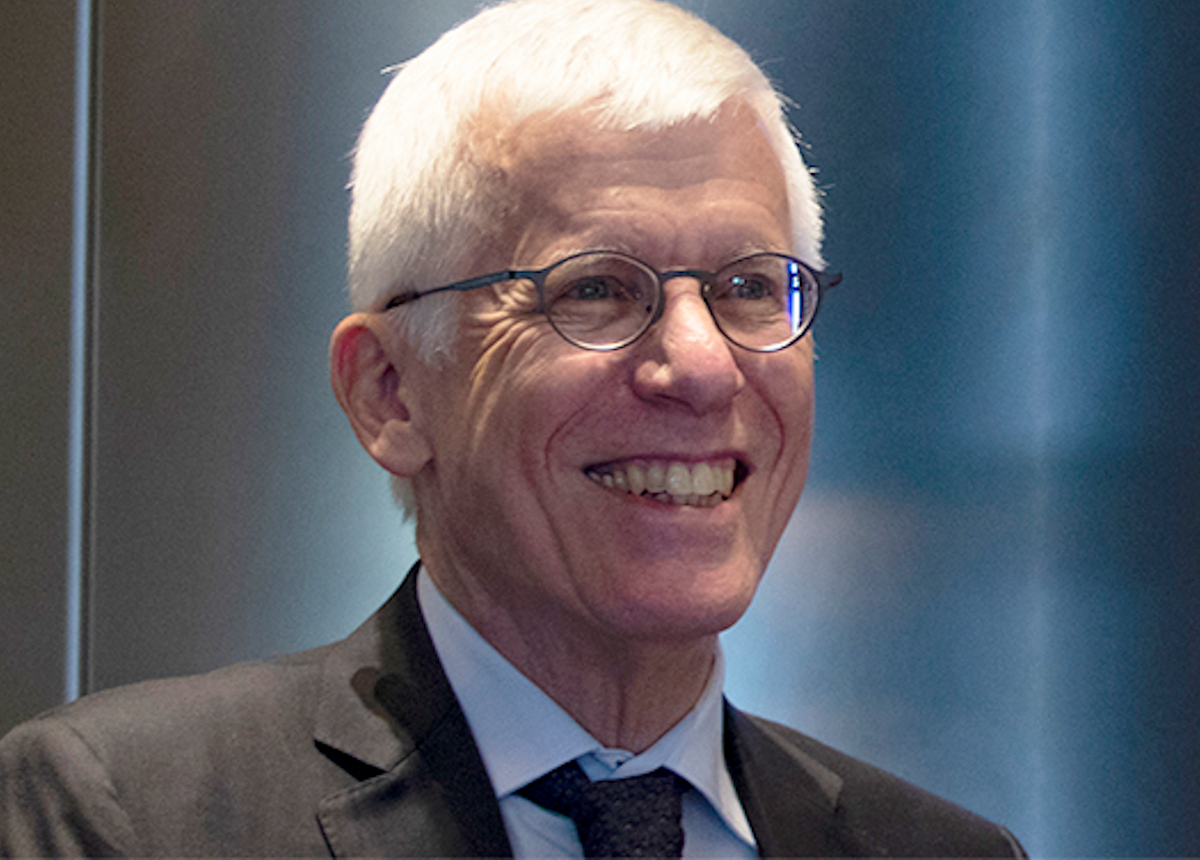The COVID-19 Pandemic: Continue to stay optimistic!
Feb 7, 2022
After months of gloomy news and dire projections, good news with regard to the Omicron surge continues. On Friday, February 4, the number of Coloradans hospitalized with Omicron was 1,070, down by about 40% from the peak of 1,676 only three weeks ago. Test positivity is at about half of its peak in January—then at the staggering level of 30%. As a reminder, while Omicron is declining in Colorado, test positivity, the case rate, and the number hospitalized have not yet descended to prior lows. Mask mandates are being dropped in many Colorado jurisdictions, but consider using a respiratory protective device, even if vaccinated and boosted.
There is concern about the BA.2 sublineage of Omicron and its potential to reignite the Omicron pandemic. The origin(s) of Omicron remain uncertain as does the emergence of the four identified sublineages: B.1.1.529, BA.1, BA.2, and BA.3. A recent paper in Nature explores the origins of Omicron without a definitive conclusion, but points to the utility of better understanding its emergence and the lessons offered for the future as we watch for new variants. Most Omicron cases have been B.1.1.529, as in Colorado at present, but there is concern that the emerging BA.2 sublineage is more transmissible than BA.1, perhaps explaining the stalling decline of the epidemic in the United Kingdom and Denmark. In the United Kingdom, the growth rate of BA.2 is faster than that of BA.1 and there is limited evidence of greater transmissibility, with a secondary attack rate of 13.4% versus 10.1% for other Omicron variants. There are no indications of greater virulence or of lesser vaccine efficacy. The findings of a study in Denmark are not as reassuring: greater transmissibility versus BA.1 was confirmed and, in contrast to the UK findings, risk for infection was increased among the unvaccinated and vaccinated for BA.2 compared with BA.1. By the end of last week, only three BA.2 cases had been identified in Colorado. There will be more, hopefully without consequence.
Without any particular reason, I have added the obituaries to my ritualistic reading of The New York Times. Those 80- and 90-year-olds dying now lived across a remarkable swath of time, one that moved from World War II across decades of extraordinary change. In public health during those decades, the field expanded and transitioned from being centered on infectious diseases to addressing the rising epidemic of noncommunicable diseases as well. The field of chronic disease prevention emerged when prevention became possible. Epidemiological findings, like the causal linkage of cigarette smoking to cancer and heart and lung diseases, indicated pathways for evidence-based prevention that were followed. The resulting initiatives had detectable benefits in the last three decades of the 20th century. As a result, life expectancy rose steadily into the 21st century, until the gains were interrupted over the last decade by the “deaths of despair” and now COVID-19. Initial predictions of the impact of the pandemic on life expectancy are certain to be surpassed by reality.
One pioneer, Jeremiah (Jerry) Stamler, whose work spanned from the 1950s on, died last week at the age of 102. He was a pioneering cardiovascular disease researcher whose work led to strategies to prevent cardiovascular disease, which he vigorously championed. In The New York Times obituary, Larry Appel at Johns Hopkins is quoted: “Many, including myself, believe that he is largely responsible for the remarkable decline in coronary heart disease and stroke that occurred in the U.S. over the past few decades.” Beyond his public health achievements, he refused to give testimony to the infamous House Un-American Activities Committee when subpoenaed.
Last week, The New York Times also published the obituary of Dr. Johan Hultin who obtained the tissue specimens from victims of the 1918 influenza pandemic that were used to sequence the responsible virus. The story begins in 1951 when he was granted permission to excavate a mass grave in permafrost of Inuit influenza victims and take samples of lung tissue. With the approaches available at the time, he could not grow and isolate the virus. Almost 50 years later, he returned when he learned that sequencing was now possible. Remembered by the village as respectful, he was again allowed to obtain tissue specimens that contributed to the sequencing of this deadly influenza virus.
COVID-19 follies redux—I can’t resist: In a confirmation hearing, the candidate for the position of Florida’s Surgeon General, Dr. Joseph Ladapo, was unable to directly and affirmatively respond to questioning by Democrats as to whether vaccines for SARS-CoV-2 were effective—the Democrats walked out of the hearing; Canada’s capital—Ottawa—has been paralyzed by days of anti-vaccine mandate protests; Michelle Wu, Boston’s new Mayor, and her neighbors have been enduring noisy protests that begin at 7 a.m. outside her home against the city’s vaccination mandates.
Colorado School of Public Health classes at the CU Anschutz Medical Campus move from remote to in-person today. Welcome back, and here’s hoping for a semester-long lull in the pandemic at the least.

Jonathan Samet, MD, MS
Dean, Colorado School of Public Health


